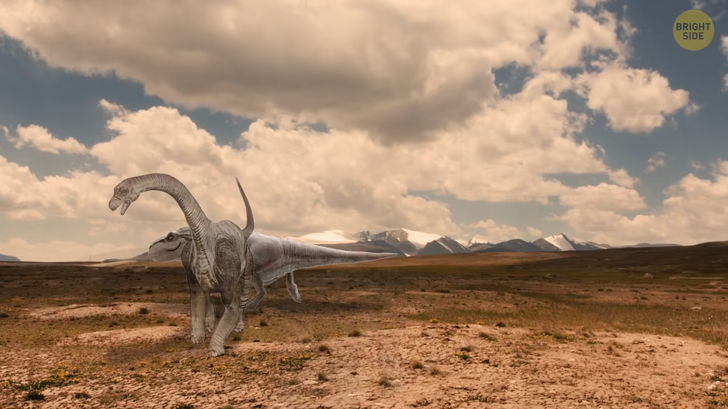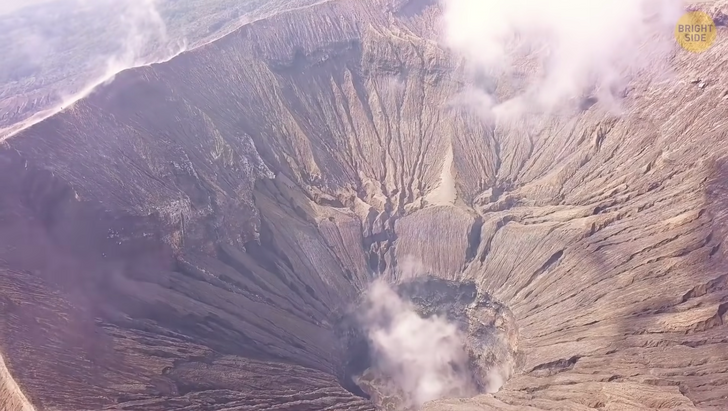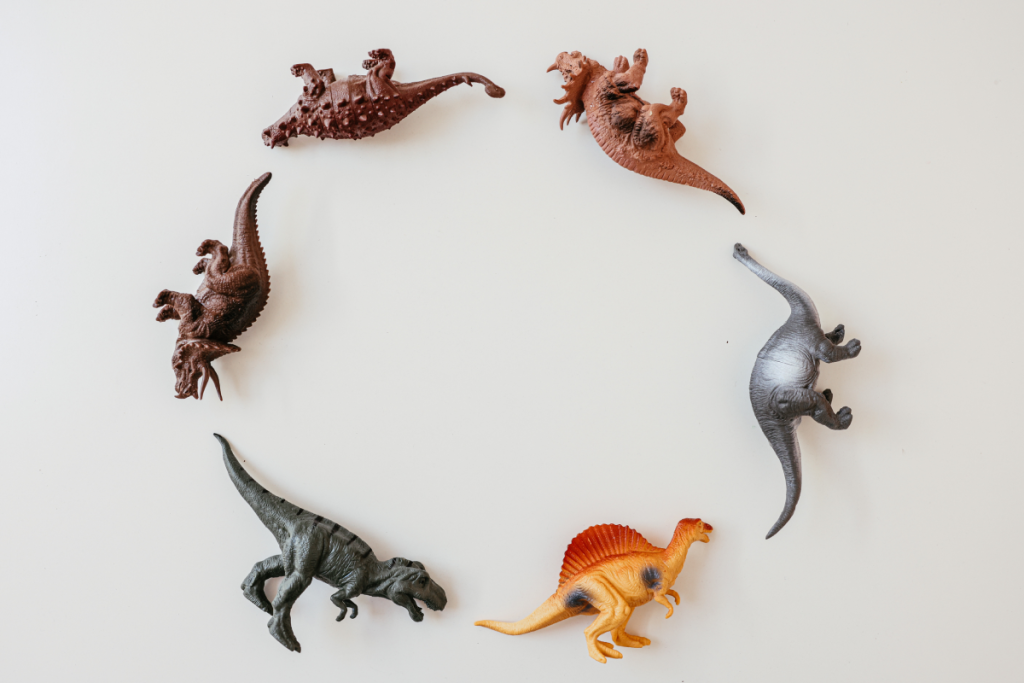
The Great Dino Divide: Did That Asteroid Really Do All the Damage? Unearthing the Digital Evidence
For millennia, a singular narrative has dominated the dinosaur extinction story. A colossal space rock, a fiery impact, and poof – the reign of the thunder lizards was over. It’s a dramatic, cinematic, and undeniably compelling tale. But as our digital archives expand, revealing an ever-more intricate tapestry of Earth’s past, a compelling question emerges: Was it really just one asteroid, working alone, that orchestrated the demise of all dinosaurs? Or is the story, much like the fossil record itself, a complex narrative with multiple contributors, perhaps even a dissociative identity disorder of extinction events?
We’ve all seen the artist’s renditions: the terrifying incandescent glow, the titanic plume of dust, the world plunged into an eternal twilight. The Chicxulub impactor, a cosmic cannonball roughly 10 kilometers across, undeniably played a starring role. Its impact crater, buried beneath the Yucatán Peninsula, is a smoking gun of catastrophic proportions. The iridium layer found globally, a chemical signature of extraterrestrial material, further solidifies its villainous reputation. But is this the full picture, or are we overlooking the supporting cast, the environmental pressures that might have already weakened the dinosaur population, making them vulnerable to this ultimate blow?
The Digital Unraveling: Piecing Together the Past
In the realm of paleontology, digital tools have become as crucial as the fossil hammer. Sophisticated simulations, vast geological databases, and advanced analytical software are allowing scientists to re-examine the evidence with unprecedented detail. We’re not just looking at individual fossils anymore; we’re building dynamic models of ancient ecosystems, charting global climate shifts, and even analyzing the molecular composition of ancient rocks. This digital excavation is revealing a more nuanced, and perhaps more unsettling, truth.
Evidence Under the Microscope: A Multi-faceted Catastrophe?
The prevailing theory, the “impact hypothesis,” points to a cascade of immediate and long-term effects from the Chicxulub impact:
- The Immediate Inferno: Seismic waves from the impact would have triggered global earthquakes and tsunamis of unimaginable scale. The superheated ejecta, raining back down onto Earth, would have ignited wildfires across continents.
- The Long Winter: The immense amount of dust and soot lofted into the atmosphere would have blocked out the sun for years, causing a drastic drop in global temperatures and halting photosynthesis, the very foundation of most food webs.
- Acid Rain and Greenhouse Gases: The impact would have vaporized vast amounts of sulfur-rich rock, leading to widespread acid rain and a subsequent period of atmospheric warming as greenhouse gases accumulated.
This is a formidable list of apocalyptic consequences, certainly enough to decimate a significant portion of life on Earth. However, the digital evidence suggests that the stage might have been set for this final act of extinction well before the asteroid arrived.
The Supporting Cast: Pre-existing Strains on the Dinosaurian Psyche
Consider this: what if the dinosaurian world was already experiencing significant “dissociative” states of its own, making it less resilient to a single, overwhelming shock? The concept of Dissociative Identity Disorder (DID), where an individual experiences distinct personality states, can offer a curious, if metaphorical, parallel to understanding complex extinction events. While not a direct scientific comparison, it highlights how a system under immense internal stress can fragment and become vulnerable.
The Case for Pre-Impact Pressures:
Our digital archives, brimming with seismic data, climate models, and detailed fossil analyses, are uncovering evidence of significant environmental shifts prior to the Chicxulub impact:
| Stress Factor | Digital Evidence (Simulations/Data) | Impact on Dinosaurs |
|---|---|---|
| Volcanic Activity | Deccan Traps Eruptions | Atmospheric changes, climate instability |
| Sea Level Fluctuations | Paleoclimate Modeling | Habitat loss, altered ecosystems |
| Biodiversity Shifts | Fossil Record Analysis | Reduced genetic diversity, specialized populations |
| Changing Vegetation | Palynological Data (Pollen) | Dietary challenges for herbivorous dinosaurs |
Deccan Traps Volcanism: For hundreds of thousands of years leading up to the Chicxulub impact, massive volcanic eruptions were occurring in what is now India, forming the Deccan Traps. These eruptions released colossal amounts of greenhouse gases and sulfur dioxide into the atmosphere.
- Digital Insights: Sophisticated climate models, using isotopic data from ancient rocks, suggest that this volcanism led to significant, though potentially cyclical, periods of global warming and cooling. This would have stressed ecosystems and potentially impacted dinosaur physiology and reproduction. The constant atmospheric upheaval could have weakened dinosaur populations, making them less able to cope with the sudden, drastic changes wrought by the asteroid.
Sea Level Fluctuations: Geologists and paleontologists, using digital mapping of ancient coastlines and seabed sediments, have identified periods of significant sea-level rise and fall in the Late Cretaceous.
- Digital Insights: These shifts would have drastically altered terrestrial habitats, leading to fragmentation of populations, loss of breeding grounds, and increased competition for resources. Dinosaurs, particularly those specialized for certain environments, would have found their familiar landscapes transformed.
Shifts in Biodiversity: Detailed analysis of fossil assemblages across different time periods, digitized and categorized in vast paleontological databases, reveals a complex picture of dinosaur diversity leading up to the extinction.
- Digital Insights: While some dinosaur groups remained robust, others appear to have been declining in diversity or experiencing increased specialization. This suggests that the dinosaurian “ecosystem” might not have been as universally strong as the singular impact narrative might imply. A lack of genetic diversity or a reliance on very specific food sources could have rendered them more susceptible to widespread environmental disruption.
Changing Vegetation: The study of ancient pollen and plant fossils, digitally cataloged and analyzed, shows shifts in dominant plant species in the millions of years preceding the impact.
- Digital Insights: Changes in plant life directly impact herbivorous dinosaurs, the base of many food chains. If their primary food sources became scarce or altered, it would have had a cascading effect on the entire ecosystem, including the carnivorous dinosaurs that preyed upon them.
The “Dissociative Extinction” Hypothesis: A New Perspective
Could it be that the Chicxulub impact wasn’t a singular, devastating blow, but rather the final, fatal shock to an already stressed and fragmented dinosaurian world? This “dissociative extinction” hypothesis suggests that the combined pressures of volcanism, climate change, and ecosystem instability may have already weakened numerous dinosaur species, making them prone to extinction when the asteroid arrived.
Think of it like a system with multiple vulnerabilities. The asteroid was a catastrophic event, no doubt. But if the system was already riddled with cracks due to other, longer-term stressors, then the single impact could have caused a complete collapse, rather than simply breaking a healthy structure.
The digital evidence, in this light, isn’t just about proving the asteroid’s role; it’s about understanding the context in which that role was played. Our ability to simulate ancient atmospheres, reconstruct paleo-environments, and analyze vast datasets allows us to see the “background noise” of extinction, the subtle shifts that may have predetermined the fate of many species.
Conclusion: The Evolving Story
The narrative of dinosaur extinction is far from over. The digital revolution in paleontology continues to unearth new layers of complexity, challenging our assumptions and refining our understanding. While the Chicxulub impact remains a pivotal event, the growing body of digital evidence compels us to consider the possibility of a more nuanced, multi-faceted extinction event.
Perhaps the dinosaurs didn’t just face one nemesis; they faced a confluence of challenges, a symphony of environmental pressures that, in combination with the cosmic intruder, led to their ultimate disappearance. As we continue to delve into the digital archives of Earth’s past, we are not just studying history; we are witnessing the ongoing reconstruction of a truly epic, and perhaps profoundly complex, story of life and death on our planet. The thunder lizards may have fallen, but the mystery of their final moments is still very much alive in the digital realm.

Additional Information
It seems there might be a misunderstanding in the provided search results. The search results discuss “Dissociative Identity Disorder (DID),” which is a psychological condition. However, your original query asks about the extinction of dinosaurs and the evidence for it.
The question “Did the Asteroid Really Wipe Out ALL Dinosaurs? Unearthing the Digital Evidence” is about paleontology and geology, not psychology.
I can provide information on the asteroid impact theory for dinosaur extinction, but the provided search results about Dissociative Identity Disorder are not relevant to that topic.
If you’re interested in the dinosaur extinction, I can offer a detailed analysis based on scientific evidence. Please let me know!
